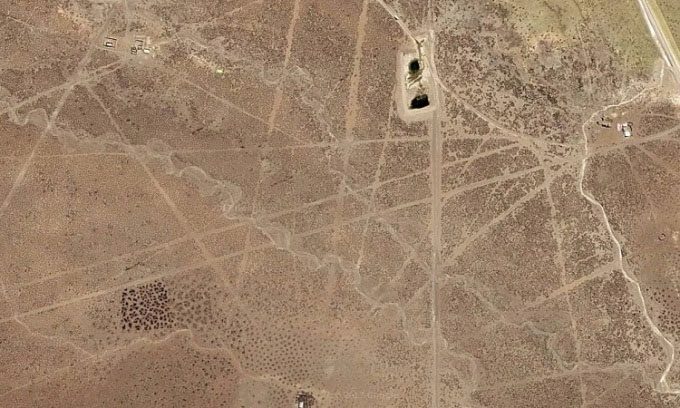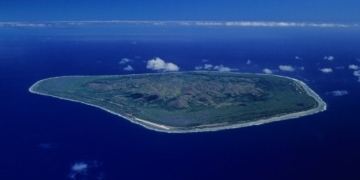The Sajama Lines are sometimes considered the largest artwork in the world, yet researchers have yet to identify their creator.
Observing the desert in western Bolivia from above reveals thousands of straight lines etched deep into the ground, dating back over a thousand years. However, researchers are still uncertain about the exact age and purpose of these lines, according to IFL Science.

Intricate straight lines in the desert of Bolivia. (Photo: Google Maps).
Known as the Sajama Lines, these massive drawings lie in the shadow of Nevado Sajama, Bolivia’s highest peak, covering an area of 22,525 km2, approximately 15 times larger than the area containing the Nazca Lines in neighboring Peru.
Thousands of lines run horizontally and vertically, overlapping in a seemingly chaotic network. However, they were undoubtedly created with intent. The intertwined lines stretch a total of 16,000 km. Due to their massive scale, the Sajama Lines are sometimes referred to as the largest artwork in the world.
Nevertheless, the primary purpose behind the creation of the Sajama Lines may not have been artistic expression. Some archaeologists argue that they were used as pathways leading people to the scarce water sources in the area. Another hypothesis suggests that they served as guides for pilgrims, as the network of lines intersects with numerous shrines, cemeteries, and small settlements.
Each line is only a few meters wide and was created by scraping away the dark oxidized material on the ground to reveal the lighter surface underneath. A similar method was used to create the Nazca Lines, although those depict various shapes such as animals and plants rather than abstract forms. Some scholars speculate that the Sajama Lines could be related to the Nazca Lines, suggesting that both might be products of closely linked civilizations.
According to a study from 2016, the likely creators of the Sajama Lines are the Carangas people. They inhabited the southern region of the Andes from around 1000 to 1476. Most scholars believe that the lines were created during this period. However, their exact origins remain a mystery.
Researchers at the University of Pennsylvania are mapping the Sajama Lines with the goal of protecting this sacred land from natural erosion and the impacts of infrastructure development.


















































